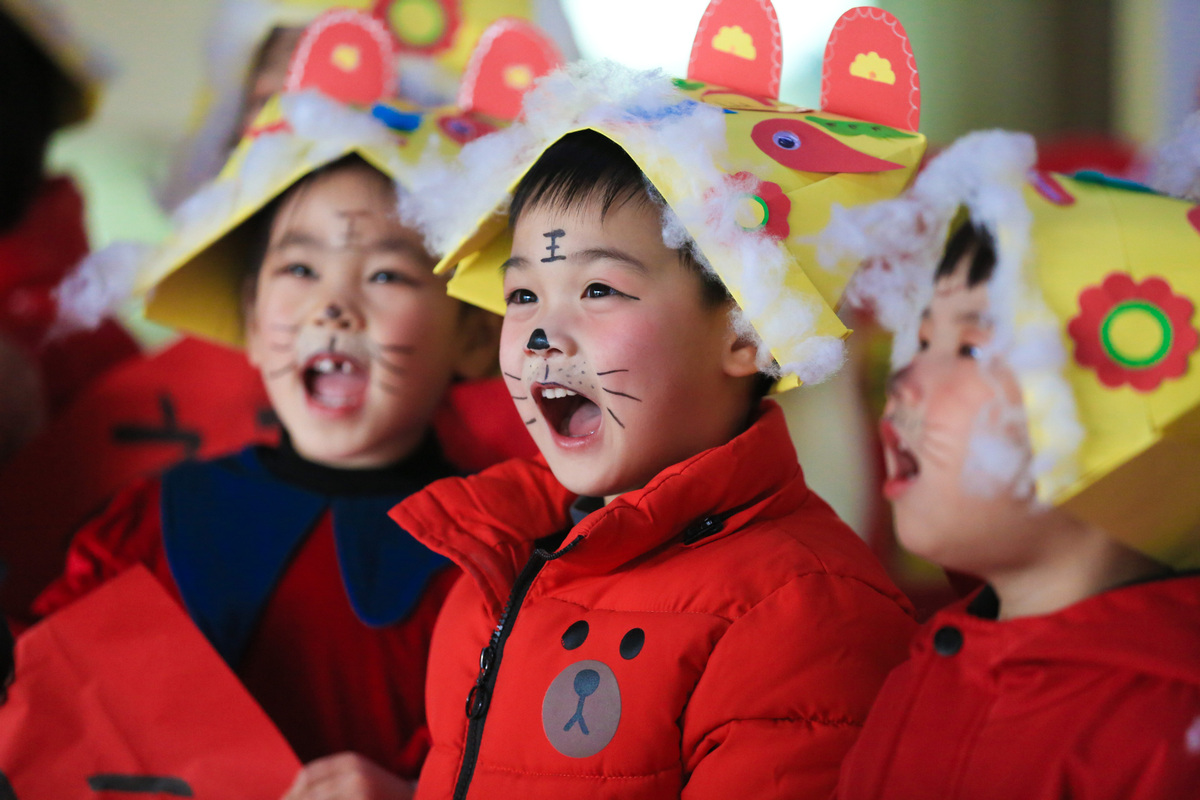Tiger earns its stripes as folk hero and role model


According to Zhu Fa, a philology researcher at Shanghai Normal University, one of the reasons the tiger is considered the king of the animal kingdom, as opposed to the common Western idea of the "lion king", is that China has been a habitat for several tiger species since ancient times, while lions are an exotic animal.
"In ancient texts, South China tigers and Siberian tigers, especially the former, make numerous appearances. The Shanghai area alone, while it's such a small area, has recorded in text at least dozens of tiger appearances or attacks, the latest dating to the Qing Dynasty (1644-1911). It's been less than 100 years since tigers disappeared from our everyday lives," Zhu said.
In the mindset of the ancient Chinese, the tiger was a sacred animal, as honored as the dragon. The two are juxtaposed in many well-known idioms. For example, "crouching tiger, hidden dragon" denotes that a place is full of talented people ready to be discovered.
This juxtaposition cannot be explained without referring to wuxing (the five elements in ancient Chinese philosophy)-metal, wood, water, fire and earth-that explains the creation and transformation of everything in the world. In this system, the dragon represents wood and the tiger represents metal.
When this concept is adopted into feng shui, the study of the equilibrium of humans, nature and the universe, the saying "green dragon on the left, white tiger on the right" highlights the dichotomy between the two creatures, with the dragon representing the east and spring, the tiger for the west and autumn.
One of the earliest examples of such idolization can be found in an ancient tomb complex in Henan province to which historians affirm a history of over 6,500 years, where a human skeleton was uncovered with tiger and dragon images made from clamshells lying on either side.
In his book Tiger Culture, Cao Zhenfeng, former deputy director of the National Art Museum of China and a folk art researcher, wrote that only after a unified empire was established during the Qin and Han dynasties (221 BC-AD 220), did the dragon officially become a symbol of imperial power. After that, the tiger diminished into folk culture and became the protector of civilians.


















